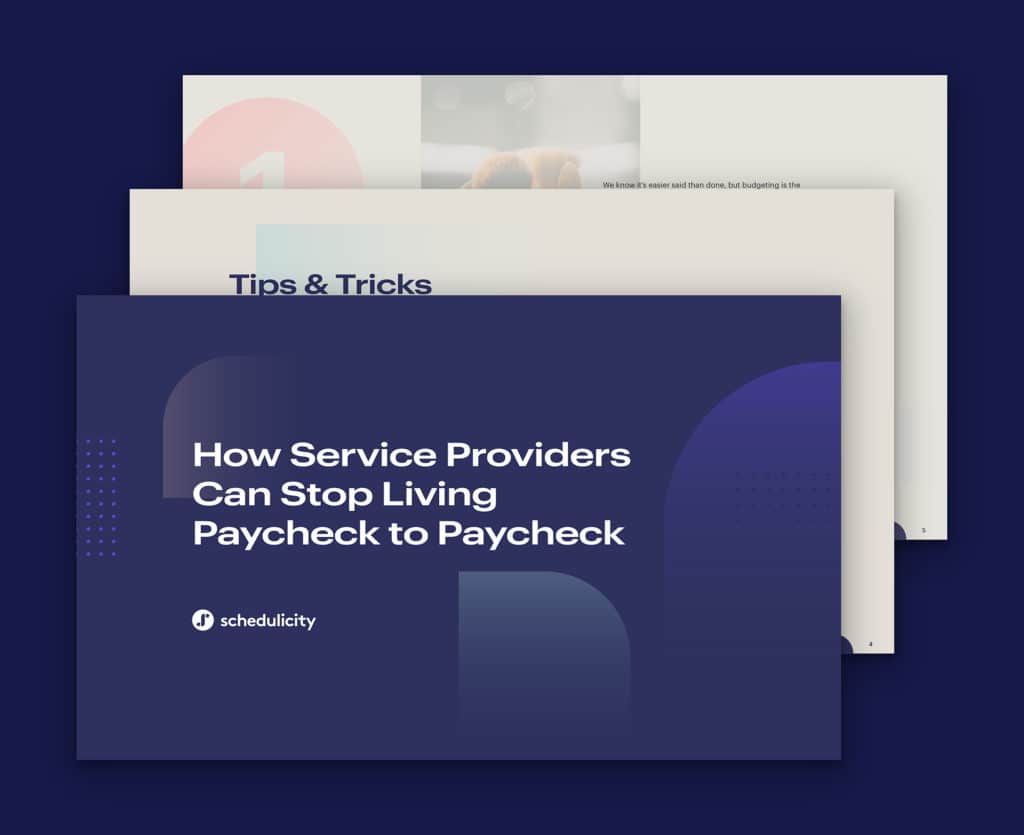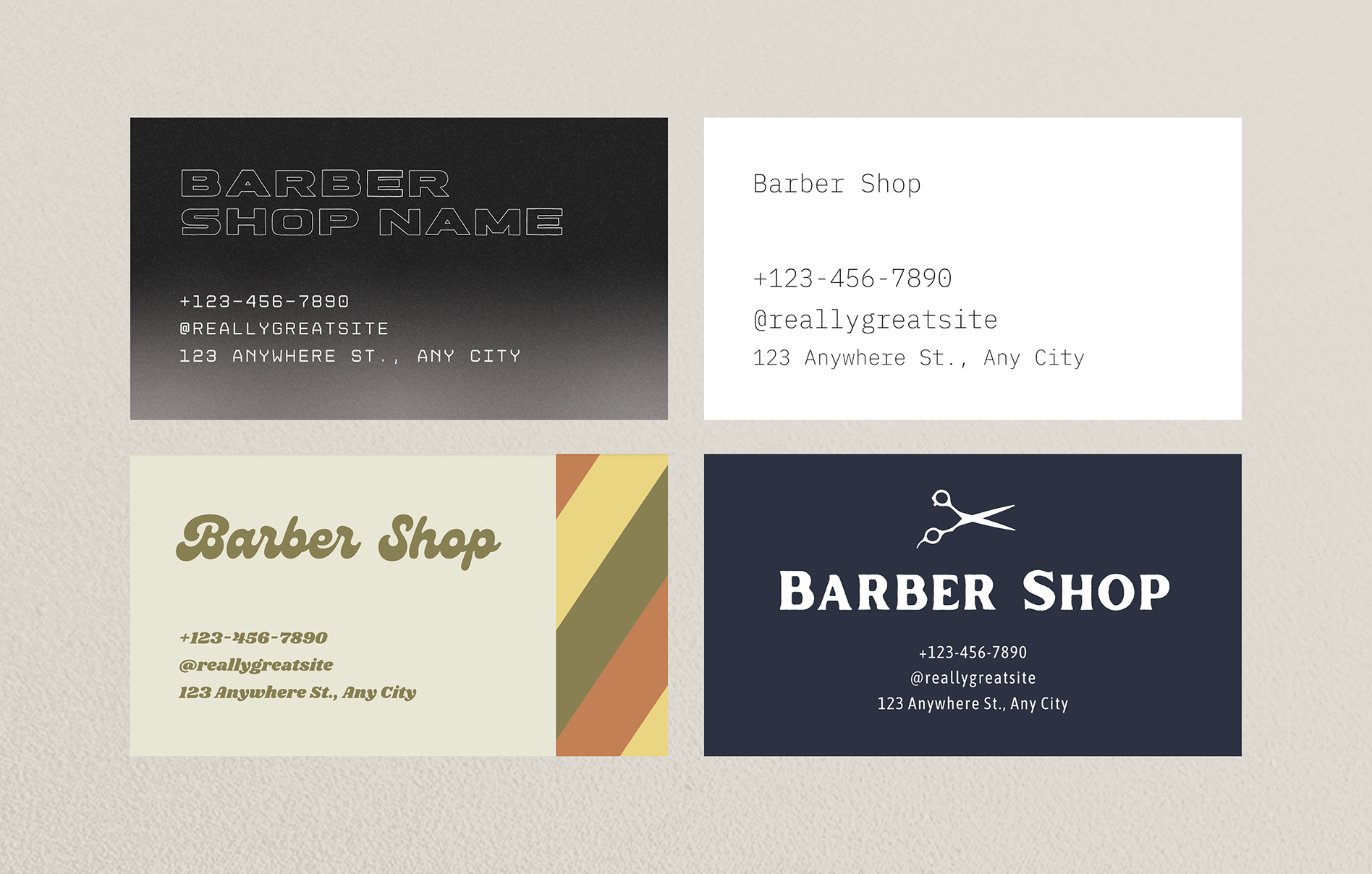If you’re running a service-based business — a salon, a fitness studio, accounting firm, you name it — you know that every hour of work and every dollar earned counts. The last thing you want is to senselessly pay for something you don’t need.
You try your best to say no to impulse buys on supplies and to stay within budget. So it’s a particular kind of pain when you spot a recurring charge on your small business account and realize you don’t where it’s coming from, let alone how long you’ve been paying it.
With that in mind, we’ve rounded up some of the most common hidden costs of running a service-based small business. We’ve divided this list into two parts: 1) sneaky drains on your budget (hidden costs) and 2) common small business charges that add up quickly (hidden fees). You’ll also find some tips for avoiding the ones you can — and saving money on the ones you can’t.
Let’s expand that profit margin, shall we?
In this article:
7 Hidden Costs of Running a Service-Based Business
Overpaying on Taxes
Salon business advisor Nina Tulio readily admits that one of her biggest regrets when starting her business was not hiring an accountant sooner. She waited until year six. When she did hire a professional, she says, “I ended up saving so much money every year.”
If money isn’t your thing and you’re running a busy, service-based business, you need an accountant and possibly probably a bookkeeper. It may sound like you’d be spending more money, but filing your taxes incorrectly will add up long-term. Using an expert could mean even more money in your returns — and also mitigating the risk (and cost) of getting audited.
Administrative Costs
We often overlook administrative costs because, before starting your own salon business, you probably took them for granted. They’re the costs that were included when you were just a young thing working out of a larger salon or for a bigger company. According to Nasdaq, administrative costs may include:
- Utilities
- Computers
- Phones
- Printers
- Filing cabinets
- Paper clips
- Office cleaning supplies
- Software
For hair, beauty, and salon businesses, they probably also include:
- Monthly laundering costs (yes, even if you have your own washer on-site — detergent is expensive!)
- Water or other complimentary beverages for clients
- Business cards and/or referral cards
For fitness studios:
- Disinfectant for machines
- Bathroom supplies
- Water filters or water cooler refills
- Laundering costs if you provide complimentary towels
Take some time to write down all your administrative costs and add them up. Then see what you can cut. Tulio also recommends that you consider which items you could buy in bulk to save money (rather than just ordering from Amazon any time you notice you’re running low).
Product That Doesn’t Move
This is another tip from Tulio. If your shelves are stocked with product, but you rarely sell any of it, each one of those shampoo bottles and sea salt sprays isn’t just collecting dust — it’s a hidden cost to your business.
Nina recommends that you only offer 1-2 product lines at a time and that you run regular inventories. Send back any product that hasn’t sold in the last 90 days or offer it at a discount to clients.
Pro tip: Schedulicity offers great email marketing templates and discount tools for offering seasonal sales.
Equipment Upgrades, Replacements, and Repairs
Too often, we calculate the cost of purchasing new equipment but don’t take into account the upkeep.
If you’re starting your first pilates studio, those reformers are going to cost a pretty penny. But then, after teaching 10 classes on them a day for six months, they’re going to need tune-ups as well. Same goes for beauty, barbering, and hair supplies. And then there’s the fact that new advancements in most industries arrive every year or so. If you’re a facialist, how often do you want to add new services? I mean, have you heard about microcurrent?!
It’s key to keep all the ongoing maintenance and desired improvements in mind.
Empty Appointment Blocks and Client No-Shows
You’re a service professional, which means your time is literally your money. If you find yourself with an unexpected two-hour gap between sessions, and you’d normally bill $100 per hour, that’s $200 you’ve lost in a day. Same goes for annoying client no-shows.
At Schedulicity, we offer two features to offset these issues: our Fill My Book feature, which allows you to offer last-minute discounts for open slots in our Marketplace and customizable no-show policies, so you can request advance deposits and/or charge a fee for anyone who doesn’t make their appointment.
Professional Licenses, Trade Shows, and Other Networking and Industry Costs
Networking is such a key component of any successful service-based business. You want to connect with other people who share your passion, plus trade shows and industry conferences are a great way to stay on top of trends in your industry. But…they cost money. So consider building in an annual professional development fund to your budget.
Time Poorly Spent
Beyond the no-shows and empty appointments we mentioned above, there’s also the time you might be spending unnecessarily on administrative red tape. If you spend hours each week returning phone calls and wrangling client texts about rescheduling, it’s probably time you double-down on online appointment scheduling. Take back that time, and use it delivering services that put money in the bank.
5 Common Hidden Fees for Small Businesses
Credit Card Processing Fees
Credit card processing fees often get cited as the most common hidden fees because, frankly, they’re so dang opaque. These can include monthly fees, application fees, equipment rental costs (some credit card processors require that you pay them for the use of their payment readers.)
Pro tip: Schedulicity has its own payment processor and offers contactless payment — via text message or QR code on your client’s phone — so you never have to worry about glitchy card readers!
Likewise, different payment processors charge different rates. With Schedulicity’s payment processor, we charge a single, industry-low rate of 2.6% + $0.10. If you’re already using a payment processor, be sure to check out a comparison chart here to see how much you could save by switching to Schedulicity.
Chargeback fees
Chargebacks are terrible because you lose your revenue, and you get charged a fee for it. In an ideal universe, customers would contact you directly. Unfortunately, the reality is that many service-based businesses deal with regular chargebacks. The goal is to keep those fees as low as possible.
The industry standard for chargeback fees is anywhere between $20-$50. At Schedulicity, we charge $15.
Loan Rates
Most small businesses start off with a loan. Depending on your loan rates and terms, you could be paying hundreds of dollars more a month (and thousands more long-term) than necessary. According to Nasdaq, “You need to be aware of the hidden cost that is loan interest. Fixing credit on the front end will save you a lot of money in the years to come.”
If you’ve been running your business for a few years, don’t be afraid to take a look into refinancing your loan, and/or crunch some numbers to see if you should be paying more than your minimum monthly payment. And for the love of everything, please, please, please avoid late payments at all costs.
Late payments ding your credit, which means you’ll have an even harder time getting an affordable rate on your next loan, which means you’ll potentially wind up paying even more in interest than you are now.
Insufficient Funds / Overdraft Fees
These are the worst. If you’re regularly getting hit with an insufficient funds or overdraft fees, consider how you’re tracking and managing your money. Each one is significant and they add up over time. If this doesn’t happen to you often, you can also try calling your bank to see if they’ll reverse the fee. It’s worth spending 10 minutes on hold.
Excessive Costs for Appointment Scheduling
If you’re using appointment scheduling software, be aware that some of the bigger companies charge a lot more in monthly fees. That’s fine if you need all the bells and whistles because you’re running a larger business, but if you’re still starting out, take a hard look at what you’re currently getting and whether switching to another appointment scheduling platform could save you money. Some will even help migrate everything over for you (we do!).

Stop Living Paycheck to Paycheck
The first industry-specific guide to financial freedom is finally here.
Get the Guide





